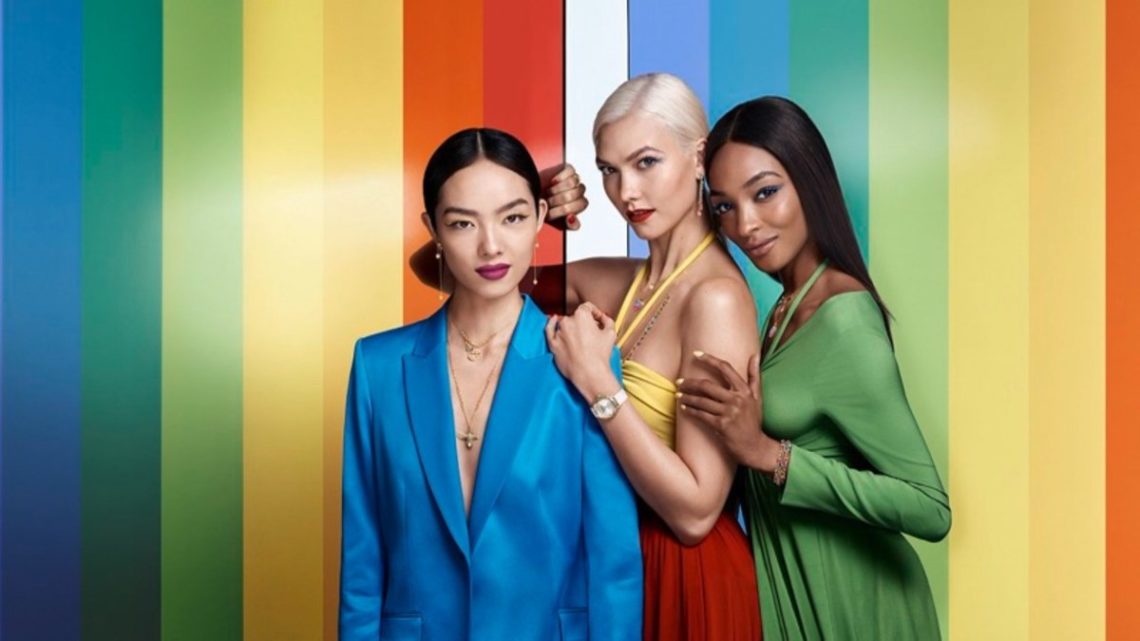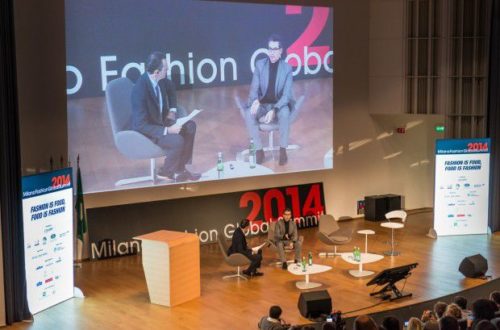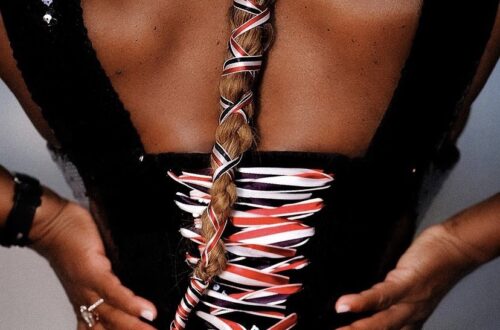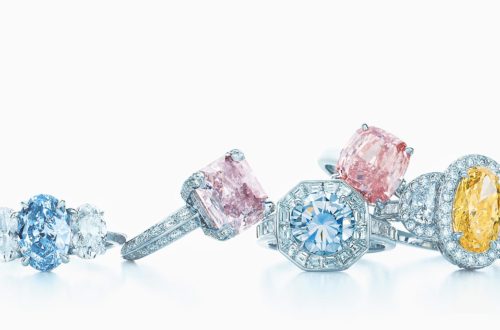
As we come to the end of the second month of 2020, racism in the fashion world still runs rampant. One would think that by now, in an age of ever-increasing cross-cultural connectivity, at least some semblance of cultural sensitivity would be present. And yet, it seems like every other month brings about another ignorant misstep from some of the industry’s biggest names. Gucci’s ‘blackface’ sweater springs to mind, as does DSquared’s ‘DSquaw’ FW15 collection – which not only appropriated Indigenous North-American culture, but saw no problem with using the derogatory term ‘squaw’ in the title of their collection – and of course, Dolce & Gabbana last year with their offensive advertising campaign featuring a Chinese model, compounded even more after co-founder Stefano Gabbana’s racist remarks about China.

Now, however, we see such ignorance coming even from fashion journalists themselves. Elle Germany recently came under fire for their most recent issue, titled ‘Back to Black’. It is difficult to imagine how such an issue was even sanctioned, not just for the fact that an issue titled as such had a non-Black model on the cover, but that one of its features, titled ‘Black is back’, had the gall to say that “models of colour were never in demand as they are now!”, reducing these models to a mere fashion trend. Adding salt to the wound, a picture of model Naomi Chin Wing was used in the place of Janaye Furman – an embarrassing mistake for any magazine, but even more so for a magazine of this stature where research should always be done prior to publishing.
The misidentification doesn’t stop there. Culted, a fashion news channel on Instagram, reported the story on Elle Germany. However, instead of using a video of Janaye Furman, they used one of Blésnya Minher. A few days later, Hollywood Life misidentified Korean pop star Jennie Kim with American-born Korean influencer, Irene Kim, two women who look nothing alike.

This problem with misidentification is only beginning to gain traction now following Elle Germany’s gaffe, but sadly, this sort of thing has been happening to people of colour for a while now, and not only in the fashion industry. In August, WHO magazine’s feature on Sudanese-Australian model, Adut Akech, mistakenly published instead an image of Flavia Lazarus. Earlier this year, both People and Vogue magazine landed themselves in hot water for misidentifying most of the cast of ‘Crazy, Rich Asians’, and this was just a few weeks after Vogue captioned journalist Noor Tagouri as “actor, director and model Noor Bukhari”.
Despite the absurdity of all of this, there are surprisingly still people who scoff and say, “Is this even a big deal?” Yes, it is. When journalists refuse to take two seconds of their time to check what a model or an actor actually looks like, when they consistently misreport their names as if every PoC (person of colour) model is interchangeable with another, they rob these people of their credit, their talents and their accomplishments. After People’s ‘Crazy, Rich Asians’ slip-up, Australian actor Remy Hii tweeted: “To the journalists consistently at fault, I refuse to believe you’ve never mistaken a Bomer for a Cavill, an Adams for a Fisher, a Hemsworth for a Hemsworth, and yet it happens ALL the time with PoC – *particularly* Asian performers and it’s always just an ‘honest mistake’.”
Of course, this likely won’t bode well at all for Elle Germany’s sales. One might say that ‘bad publicity is better than no publicity at all’, but that certainly wasn’t the case after Dolce & Gabbana’s fiasco with the Chinese public, a mistake so costly that, according to Reuters, the company’s EBITDA fell by more than 40% in the last fiscal year, with margins contracting to 6.3% from 12.2% of sales.

On the other side of the coin, some fashion companies are starting to take initial steps to prevent this kind of thing from happening again. Following Gucci’s backlash over their offensive sweater, they have since teamed up with Harlem-based designer Dapper Dan to launch ‘Gucci Changemakers’, which includes scholarships and a $5 million fund designed to aid communities of colour, and have hired Renée Tirado as Global Head of Diversity, Equity and Inclusion. Chanel too have recently appointed Fiona Pargeter as Head of Diversity and Inclusion, although this has not been without its own controversy as many have expressed disappointment at the brand’s choice to hire a White woman for the role.
Elle Germany have since apologised for their mistake, but one can’t help but wonder if ‘diversity’ and ‘inclusivity’ are simply trendy buzzwords fashion companies have chosen to throw around with reckless abandon, all for public approval and higher sales. With the way things are now, these promises of a more diverse future in fashion seem not to be words of sincerity, but rather as nothing more than strategic ploys hidden under the illusion of diversity. Elle Germany certainly tried to seem diverse, but it would have been impossible for a major fashion magazine like them to have released such an issue if the team at the magazine had actually been diverse.
It’s time for fashion companies and the media to start educating themselves and becoming more culturally sensitive, lest we run into yet another racist blunder.
by Sabrina Shahnaz






